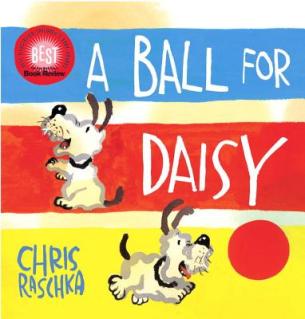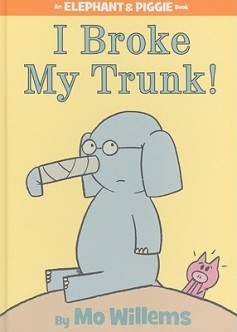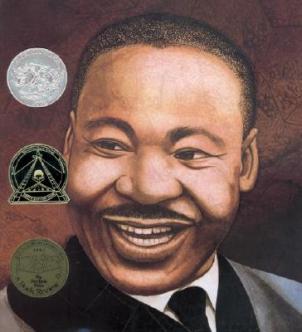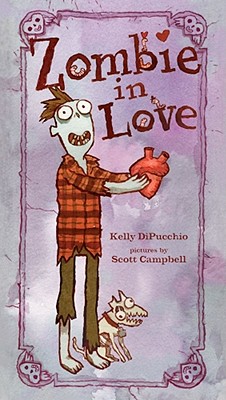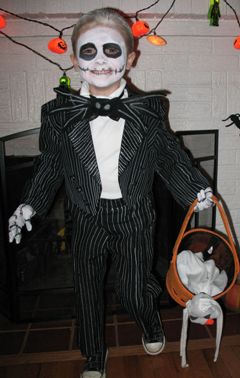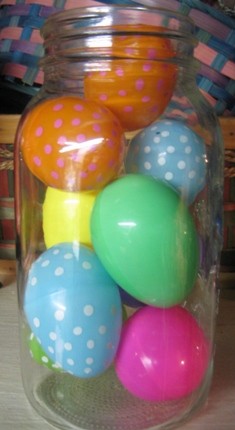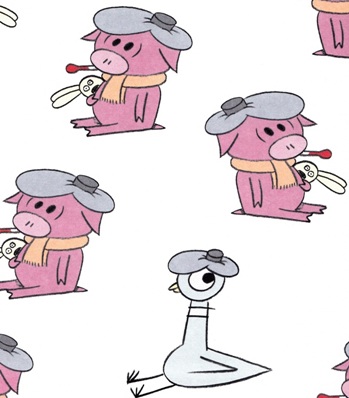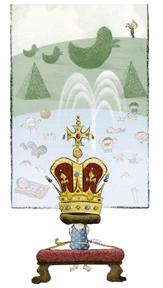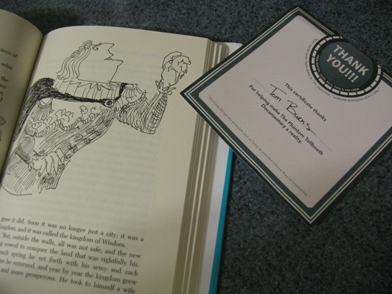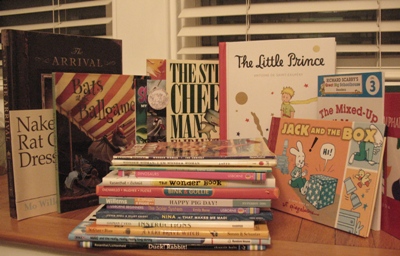Earlier this week, Chris Raschka’s A Ball for Daisy won the 2012 Caldecott Medal, the very prestigious annual award for the most distinguished American picture book for children.
Earlier this evening, I was flipping through Chris Raschka’s A Ball for Daisy as my daughter brushed her teeth and worrying that she wasn’t going to like it.
Why was I worried? Because, recently, my daughter, who turned five in November, has started to gravitate towards older and older skewing reading material. She still loves picture books and even has a few board books that she refuses to pack away with the rest of her toddler toys, but, lately, she’s shown increasing interest in early readers and chapter books. We’d just spent the past two days reading her the 128-page Lulu and the Brontosaurus by Judith Viorst and Lane Smith, and she’d loved it. It was a huge hit. (It’s both a beautiful and a hysterically funny chapter book. I definitely recommend it.) My wife and I began thinking, “OK, this is where we’re headed. More Mercy Watson, less Eric Carle.”
So, as I flipped through A Ball for Daisy, a wordless picture book with big, expressive illustrations that even the youngest of readers could appreciate, all I could think was “She might be too old for this.”
BUT, as frequent readers of this blog will recognize, there is one seemingly constant and unchangeable rule of parenting that I never seem to be able to escape. What’s that rule? The fact that – when I make a parental decision or even when I speak a particularly declarative sentence – I am almost always, always WRONG.
My five year old didn’t just LIKE A Ball of Daisy. She adored it. This little 32-page book, with no words at all, brought out so many emotions from her in a short bedtime reading that I could barely believe it. And, once I finished reading, she was more animated and chatty about what she’d just read than I’d seen her be in a long time. It was one of the best bedtime reads we’d had in weeks and it all came from a book that five minutes earlier that I assumed she wouldn’t like. (My great apologies, Caldecott committee. I shouldn’t have doubted you.)
I think the reason that A Ball for Daisy worked so well for my daughter – and why it probably works so well for other children too – is that it very skillfully takes its reader on an emotional journey. The simple, yet achingly deep story is all about a cute dog named Daisy who LOVES her big red ball. How do we know she loves it? Because, in Raschka’s expressive drawings, you can see Daisy’s face light up and almost hear her tail wag whenever she’s near the ball. The kicker is the beautiful moment when Daisy, while trying to fall asleep, decides to cuddle up to her red ball on the couch. (Trust me. Cuddles go over HUGE with kids. My daughter let out an audible “Aww” at that part.)
Daisy’s owner takes Daisy and her ball on a walk to the park, and Daisy meets a new brown dog, who excitedly jumps in to play with Daisy’s ball. And then the unthinkable happens – the ball pops. It explodes in a little red burst and, suddenly, it’s gone. All that’s left is some red plastic, deflated and broken on the ground. [read the rest of the post…]
{ 1 comment }
